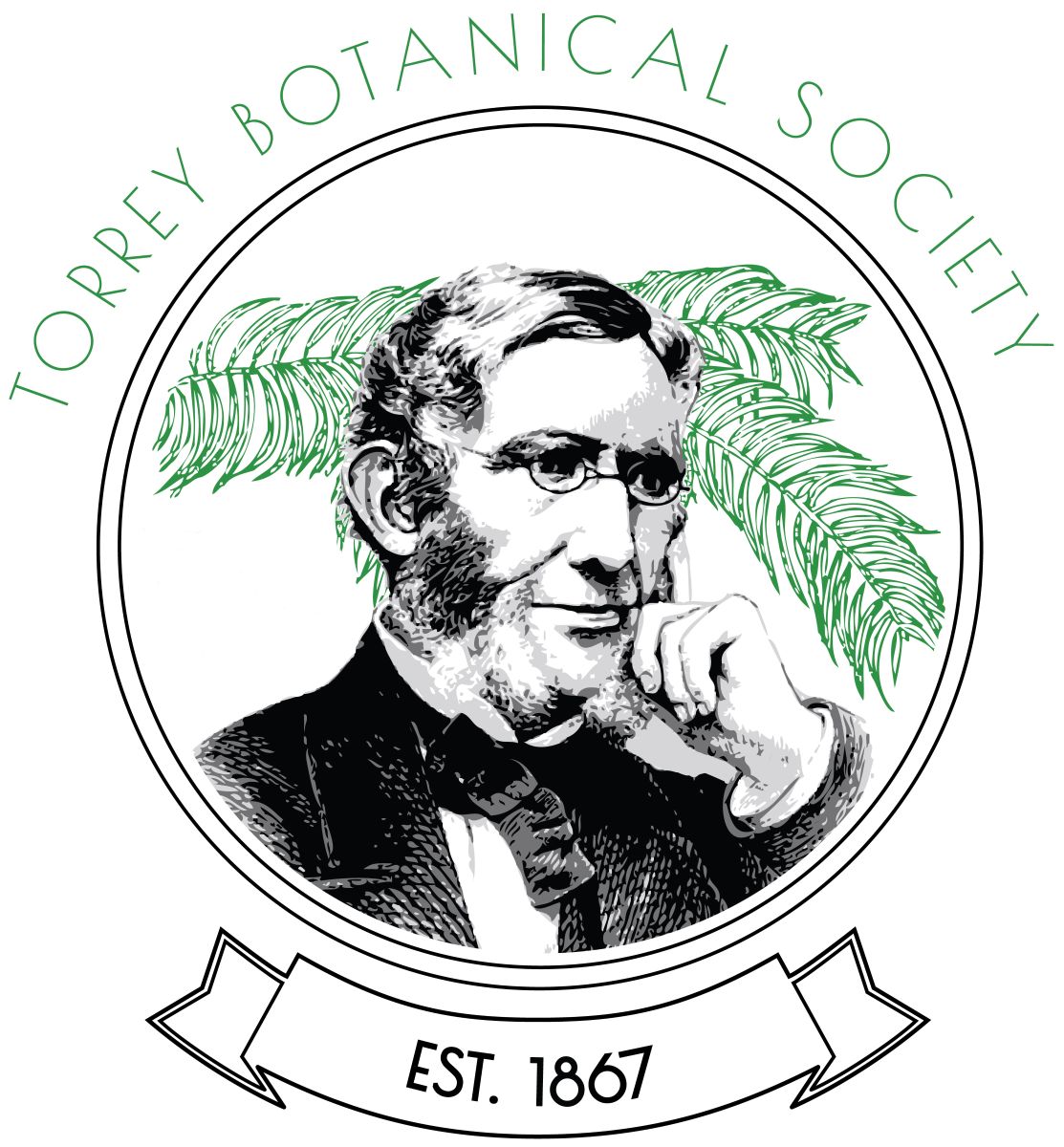The shifting mosaic in an era of anthropogenic disturbance: White-tailed deer, emerald ash borer, and decadal-scale dynamics in an old-growth beech-maple forest1
Abstract
Old-growth temperate deciduous forests of eastern North America, although often protected from large-scale clearing, experience diffuse anthropogenic disturbances that may drive long-term dynamics. Two particularly important drivers of dynamics in these forests are overbrowsing by dense populations of white-tailed deer (Odocoileus virginianus) and the loss of Fraxinus because of the emerald ash borer (Agrilus planipennis). We used 41 years of vegetation data from an old-growth beech-maple forest in southwestern Ohio (USA) to analyze long-term changes. Woody plants (DBH > 1 cm) were measured and mapped in a contiguous 100 m × 105 m plot in the Hueston Woods State Nature Preserve in 1981, 1988, 1994, 2000, and during our sampling in 2022. The overstory composition and structure of the forest was relatively static from 1981 through 2000, after which there were significant changes in both structure and composition. Acer saccharum exhibited a significant increase in both density and basal area over the sampling interval (both P < 0.01), Prunus serotina increased in density, and Fraxinus americana disappeared completely from the forest canopy. In the understory we detected prominent increases in two shrub species that are deer browse-resistant – Asimina triloba and Lindera benzoin. Canopy density analysis indicated a pattern reflective of a patchy forest becoming more uniform in the 2022 sampling, which may be related to the nearly stand-wide creation of canopy gaps as Fraxinus was lost from the system. In summary, our data indicate canopy losses because of emerald ash borer are interacting with heavy browse pressure by white-tailed deer to shift patterns of species dominance and drive a loss of woody plant species richness in this forest preserve. Monitoring of old-growth forests through permanent plots and other long-term protocols is an increasingly pressing scientific goal in an era of intense anthropogenic disturbance.
Contributor Notes
This work was supported by fellowship support to G. K. Attea through the office of Graduate Academic Affairs and the Hanley Sustainability Institute at the University of Dayton. Additional support was provided by the Schuellein Chair in Biology at the University of Dayton (R. W. McEwan). We are grateful to Eric Saggaser, the preserve manager of Hueston Woods State Nature Preserve, for offering his field observations and for supporting this research. We also thank many members of the McEwan Lab at the University of Dayton who provided field support including Peter Butterfield, Madelaine Gregory, Madelyn Moore, Anna Pallone, Evie Thomson, and Valerie Thurston.

